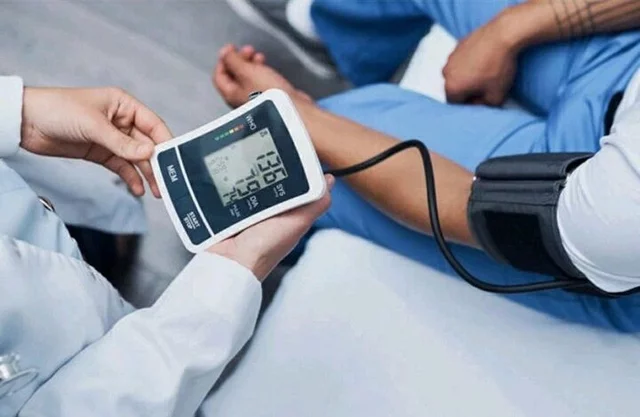
Checking blood pressure regularly is a crucial component of taking care of your heart. In order to make educated judgments regarding your health, however, it is essential that measures be as precise as possible. Unfortunately, erroneous blood pressure readings can be caused by various common errors. This article’s goal is to help readers avoid common pitfalls while taking their blood pressure so they may get more accurate readings and improve their cardiovascular health management.
The Wrong Size Cuffs
One of the most frequent errors made when taking a blood pressure reading is using a cuff that is too small, says healthline. Using a cuff that is either too tiny or too large can have a major impact on the precision of the measurements. Using a cuff that is the right size for your arm circumference is crucial. If you’re unsure what size cuff to use for your blood pressure monitor, it’s best to get advice from a medical practitioner.
Bad Arrangement
If you don’t sit or stand in quite the right way, your blood pressure reading can be off. Make sure your feet are flat on the floor and your back is supported by a chair. Keep your arm at heart level when it rests on a table or armrest. If you want accurate readings, don’t do things like cross your legs or chat during the measurement.
Inadequate Sleep
According to healthline Physical exertion and emotional strain can both have an impact on blood pressure measurements. Get some peace and quiet and wait at least five minutes before taking your blood pressure. Measuring blood pressure too soon after physical effort or during stressful situations can result in falsely elevated values that don’t reflect actual health.
Unsufficient Planning
Your blood pressure measurements may be affected by your lifestyle patterns. At least 30 minutes before taking your blood pressure, avoid doing anything that can temporarily raise your blood pressure, such as drinking caffeine, smoking, or exercising. You should also make sure your bladder is empty before taking the measurement, as this can skew the results.
How to Hold Your Arms
Blood pressure readings might also be impacted by the user’s arm position. When taking measurements, make sure the arm being utilized is supported and resting at heart level. Inaccurate readings can occur if the arm is dangling or if it is held too high or too low relative to the heart. Check the user manual for your blood pressure monitor or speak with a medical practitioner about the best way to position your arms.
Measurement Inconsistencies
Consistency is the most important factor in taking reliable blood pressure measurements. It’s best to wait a little while between measuring things. The blood vessels need at least a minute or two of rest between readings to return to their usual state. When many measurements are taken in rapid succession, the results can be skewed.
Accurate blood pressure monitoring is essential for the proper management of cardiovascular health. You can get dependable and precise blood pressure readings by avoiding common blunders such utilizing the wrong cuff size, inappropriate positioning, insufficient rest, insufficient preparations, improper arm alignment, and inconsistent measurements. It’s important to check in with a medical practitioner for advice on how to take your blood pressure and for answers to any queries you may have.